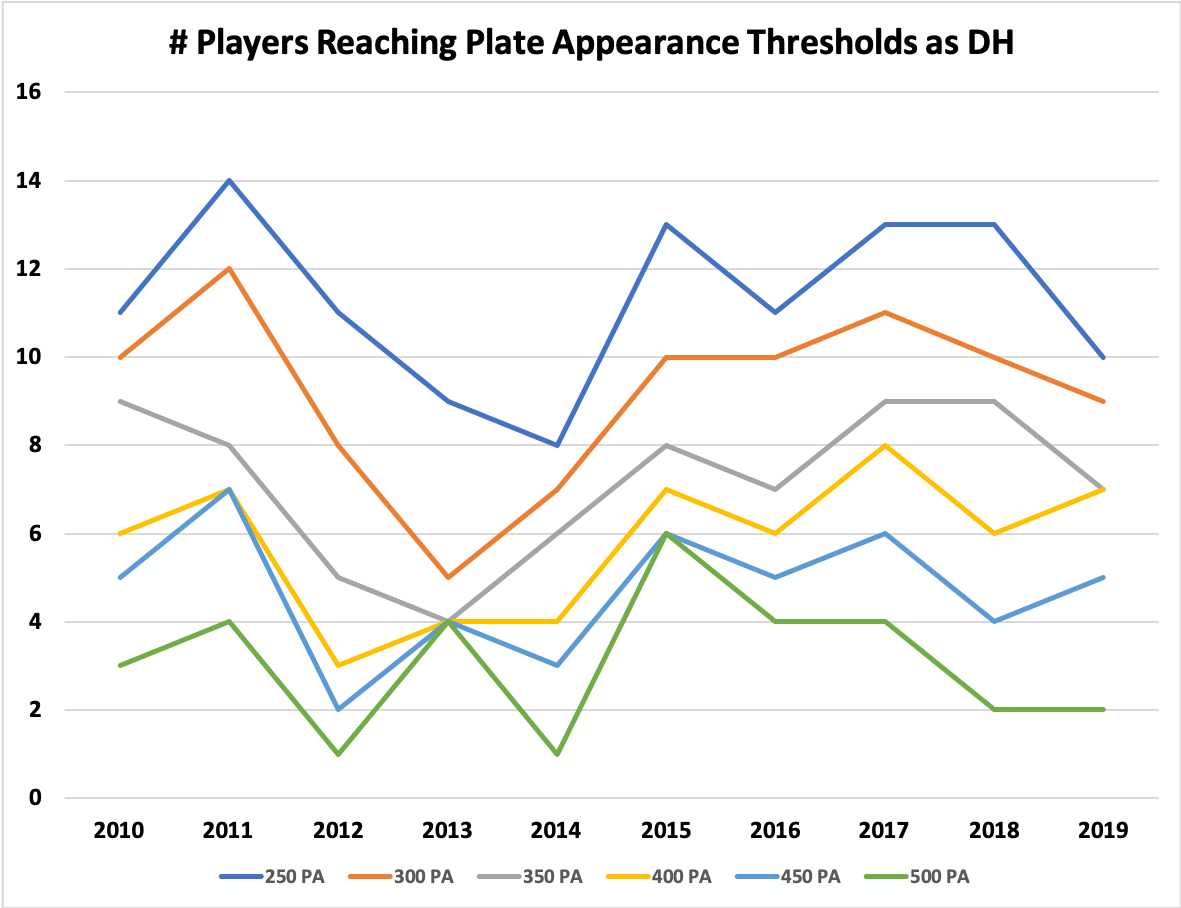A Look at Some NL Designated Hitter Candidates
The universal designated hitter will be a reality in 2020, assuming that the Major League Baseball Players Association agrees to the health and safety protocols connected to the March 26 agreement, which is to say, that it will be part of the revised rules for this weird, short season. But because the league and the union were unable to agree to any of the subsequent proposals that have been batted back and forth in recent weeks, the status of the universal DH for 2021 and beyond — with the expectation that it would slip smoothly into the 2022 Collective Bargaining Agreement — is not a done deal, after all. Rather, it’s something that will have to be revisited within discussions over rules changes for next year, which typically begin at the November owners’ meetings.
Even so, as it’s the rare point upon which both sides agreed amid the otherwise rancorous negotiations, I think I’m still on solid ground in discussing the longer-term changes that could come with such a move. On Friday, I discussed the apparent end of pitchers’ often-pathetic attempts at hitting, and last month, Craig Edwards took an initial stab at how NL teams might handle their DH slots given their roster construction, with special consideration given to the Mets’ situation. This time around, I’d like to consider which players might stand to benefit in the longer run.
For starters, it’s worth noting that the demise of the DH has been somewhat exaggerated. Several years back, the AL saw a notable decrease in the number of players reaching significant thresholds of plate appearances at the spot, but those totals have largely rebounded:

